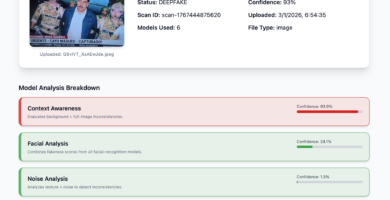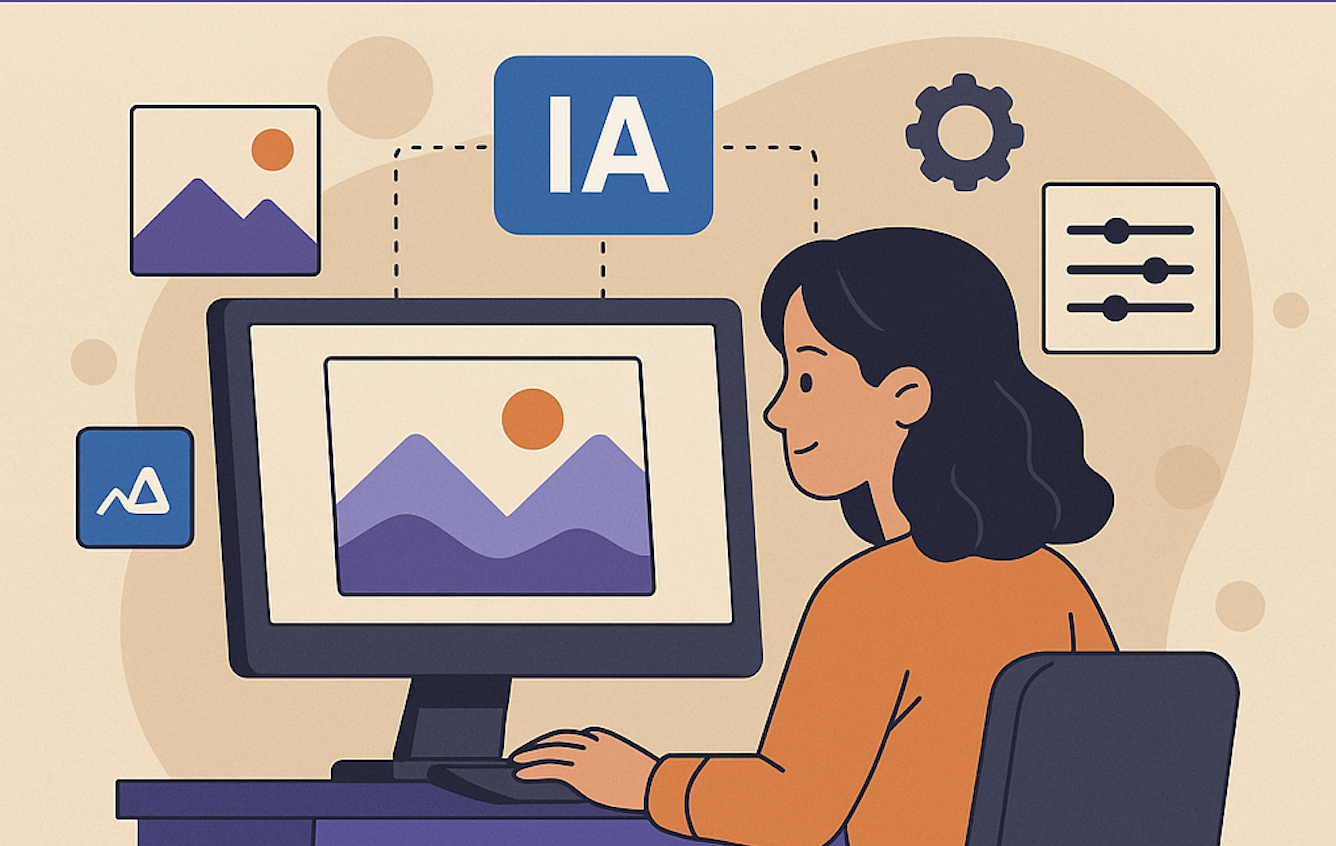
In 2024, AI-driven disinformation attacks are becoming nearly daily occurrences, marking a significant escalation. According to a study published in the scientific journal PNAS Nexus, AI is already being used to manipulate public opinion. This surge in disinformation comes in a critical election year with major elections in the United States, France, the United Kingdom, and India, raising serious concerns about electoral integrity and democratic stability.
The Impact of AI-Driven Disinformation
AI-powered disinformation is not a minor issue. With the ability to generate and distribute false content on a massive and convincing scale, these attacks can influence public opinion, polarize societies, and alter election outcomes. Advanced language models enable the creation of realistic texts and multimedia that are difficult to distinguish from genuine content. Moreover, the interconnected nature of digital platforms amplifies the reach of this content, potentially reaching billions.
Key Operations and Actors
A study from George Washington University maps the dynamics between malicious communities on digital platforms. While major platforms like Facebook and Twitter are significant battlegrounds, smaller, specialized platforms like Telegram, Rumble, Bitchute, Gab, and Minds play crucial roles in spreading disinformation. These sites allow extremist groups to form and persist due to lax moderation.
The actors behind these operations vary, including extremist groups and nation-states aiming to influence international politics. Notable operations include Russia’s Bad Grammar, China’s Spamouflage, and campaigns linked to Iran and commercial operators in Israel, showcasing how AI is used to create and spread disinformation.
Election Year Impact
The use of AI in disinformation has particularly concerning implications in a year with multiple critical elections. These attacks’ ability to manipulate public opinion could significantly impact electoral outcomes in key countries. The PNAS Nexus study warns that generative AI could escalate beyond the levels seen during the pandemic and the Russian invasion of Ukraine, using techniques like astroturfing and click farms to create the appearance of genuine social movements.
Evolving Threats
The Red Queen hypothesis suggests that these malicious groups are constantly evolving to avoid detection and elimination by content moderation tools. This cycle of continuous improvement means that attacks will not only become more frequent but also more sophisticated and harder to detect.
Real-World Examples
Recent reports from the European External Action Service (EEAS) and OpenAI confirm that AI-driven disinformation is already a reality. Examples include altered videos for political destabilization, fake politician audios, and AI avatars used to enhance the image of controversial figures. In the 2023 European Parliament elections, an analysis by the Maldita Foundation found that AI-generated content represented 2.2% of the disinformation on platforms like TikTok, YouTube, Facebook, and Instagram.
Addressing the Challenge
Tackling the rise of AI-driven disinformation is a significant challenge that requires urgent attention and action. Effective content moderation, increased algorithm transparency, and international collaboration are essential to combat these threats. Digital platforms must invest in advanced detection mechanisms and be accountable for quickly removing false content and malicious accounts. Additionally, users need to be better informed and more critical of the content they consume and share.
The threat of AI-driven disinformation is real and growing. Only through coordinated and proactive efforts can we protect the integrity of our democratic systems and societal stability.

Trump confirma captura de Maduro en conferencia desde Mar-a-Lago

Imagen oficial confirma captura de Maduro: publicada por Trump, replicada por la Casa Blanca y validada como auténtica

Deeptrack Gotham: imagen de Maduro con uniforme es auténtica según análisis

Nueva imagen de Maduro capturado también presenta signos de manipulación digital

Corina Machado: “Esta es la hora de los ciudadanos”

Habrá que hacer algo con México: Trump tras ataque en Venezuela

Maduro rumbo a Nueva York y Delcy en Moscú: lo que se sabe hasta ahora

Imagen de la captura de Maduro: análisis preliminar sugiere posible manipulación digital

Ataque a Venezuela: cronología de la captura de Maduro en 2026

Estrategias inteligentes para apostar en la Primera División de Chile

Qué es funar en redes sociales

¿Qué es la tendencia AI Candy Cane y cómo sumarse en 2025?

¿Cómo crear imágenes con IA gratis en 2025?

ChatGPT Wrapped Prompt: así puedes crear tu resumen anual estilo Spotify

Detectores de IA: cómo funcionan y para qué sirven

Prompt para mejorar la calidad de una imagen. 8 puntos

Sora 2: La Nueva Red Social de OpenAI que Podría Rivalizar con TikTok

IA para crear imágenes: Guía actualizada con métodos diffusion

¿Cuánta agua necesita la IA?
Caída de Cloudflare el 12 de junio de 2025
LuzIA: Qué es, cómo funciona y sus ventajas frente a otros asistentes

🔑 ¿Cómo desactivar Meta AI en WhatsApp y recuperar tu paz?


